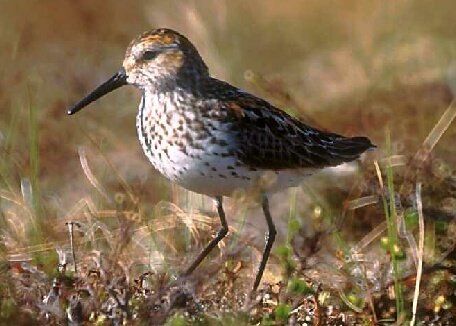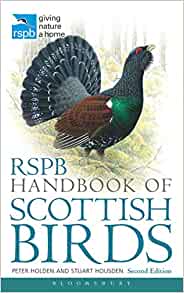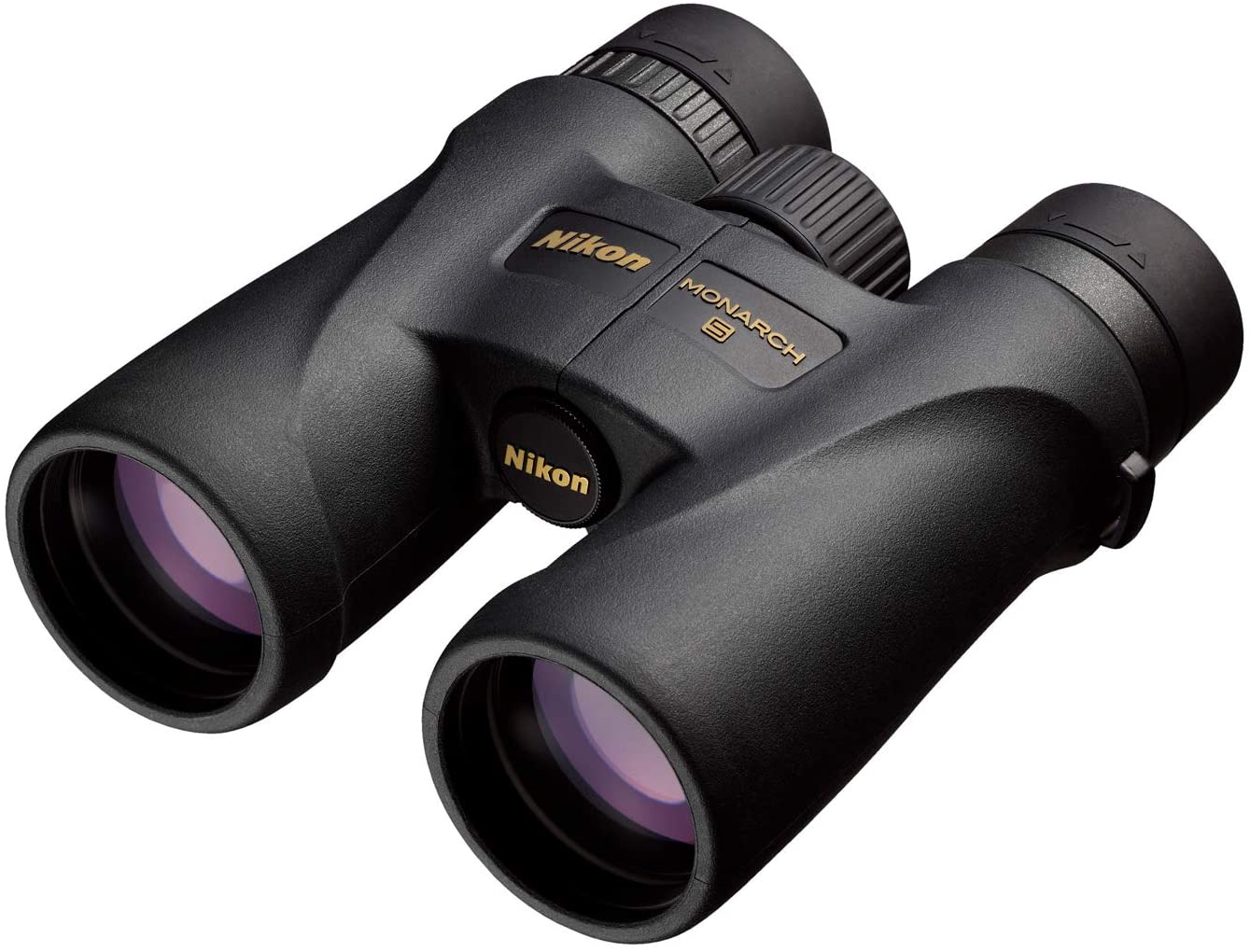Aberlady Bay was designated as Britain's first Local Nature Reserve in 1952 and is managed by East Lothian Council. The Reserve is also part of a Site of Special Scientific Interest, due to its botanical, ornithological and geomorphologic significance.
The aim of the Reserve is to conserve the habitats, flora and fauna found within the area and the resultant landscape character. Management of the Reserve, which has a full-time Warden, is grant-aided by Scottish Natural Heritage.
Aberlady Bay is arguably best known for its ornithological interest. In the winter months, nationally important populations of several species of wader and duck roost or feed in the area, while at dusk, up to 15,000 thousand Pink-footed Geese fly in from the surrounding farmland. In October 1993, 26,000 were counted. Spring sees the arrival of summer migrants and the start of the breeding season. Several birds whose numbers are in serious decline nationally, are abundant here, with, for example about 45 pairs each of Skylark and Reed Bunting nesting annually. Other breeding species include Eider, Shelduck, Lapwing, Lesser Whitethroat & Redshank in small numbers, while Willow and Sedge Warblers are common in most years.
Summer is often a quiet time for birds, but the returning winter birds as well as passage waders may begin to appear in late July. By the autumn, up to 10,000 waders may be present, with Lapwing and Golden Plover the most numerous. Several hundred Widgeon feed in the bay, while one or two Short-eared Owls may be hunting over the marsh.
The site, over many years, has acquired a reputation for attracting rarities! Ospreys are now fairly regular in spring, while a female King Eider has appeared for seven successive summers. A Caspian Plover seen in 1988 was at that time, only the third seen in Britain. In 1997, however, a Western Sandpiper (inset), which commuted between the bay and Musselburgh Lagoons, attracted about 2,500 human admirers from all over Britain during its five-day stay. This was the biggest "twitch" in the Reserve's history.
Main picture. SOC Headquarters at Aberlady Bay Birdersmarket
We highly recommend the publications below to compliment your visit to this Region.
Back to Firth of Forth Birdwatching sites
















